Pests are a a major problem for farmers, and tea farmers are no exception.
Here’s a list of some of the most common pests that attack the tea plant in Japan:
Tea green leafhopper, チャノミドリヒメヨコバイ, Empoasca onukii
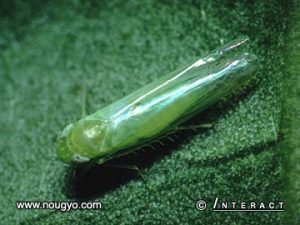
The adult leafhopper measures about 2.5 mm and has a light green color.
They hibernate in the tea plants and later on lay eggs on the leaf stalks. Both larvae and adults feed on the juices of the sprouts, which in turn become brown.
The damage is worse on the second harvest of the year.
Pale green plant bug, ツマグロアオカスミカメ, Lygocoris (Apolygus) spinolae
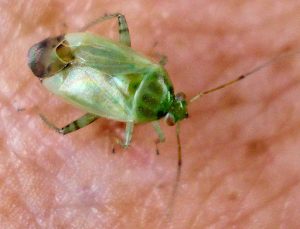
If the damage happens during the budding period, the harvest may be completely lost.
It mostly occurs during the first and second harvest of the year.
White peach scale, クワシロカイガラムシ, Pseudaulacaspis pentagona
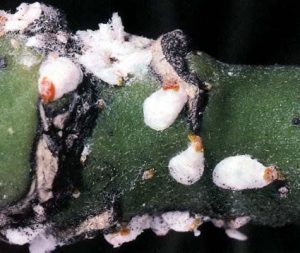
The white peach scale has 3 generations per year and prefers to avoid direct sunlight.
The adult females are immobile in the plant and develop a protective shell. The adult males are smaller and have wings.
This pest can be found in a large area worldwide and infests different kinds of plants.
Tea tussock moth, チャドクガ, Euproctis pseudoconspersa
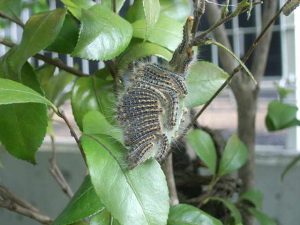
Its name means “tea poison moth” in Japanese.
Indeed, the larvae and adult moths have hairs with toxins that cause rashes, and even dizziness and nausea.
This pest occurs twice a year, with the larvae eating the tea plant’s leaves.
Oriental tea tortrix, チャハマキ, Homona magnanima
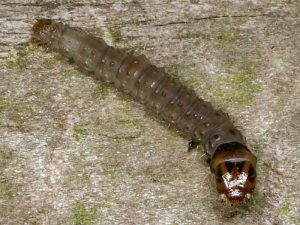
Belongs to the tortricidae family, commonly known as tortrix moths or leafroller moths.
The larvae measure 23 mm on average and bind leaves together as nests in order to feed from within.
There are 4 generations per year and cause sporadic damage in small areas at a time.
Smaller tea tortrix , チャノコカクモンハマキ, Adoxophyes honmai
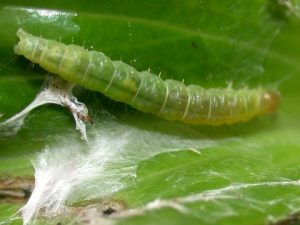
The larvae passes the winter inside the rolled tea leaf.
Although it mostly attacks the first harvest of the year, the damage is considerable in the second and third harvests.
There are also 4 generations a year.
Tea leafroller, チャノホソガ, Caloptilia theivora
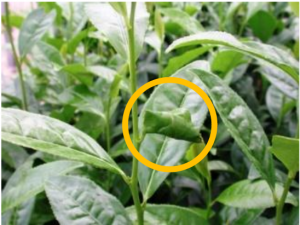
Sometimes also called in Japanese チャノサンカクハマキ (tea triangle leafroller) because of the shape of the rolled leaf.
The larvae feed on the inside of the rolled leafs and also spend the winter there.
Damage usually happens on the first and second harvests.
Kanzawa spider mite, カンザワハダニ, Tetranychus kanzawai
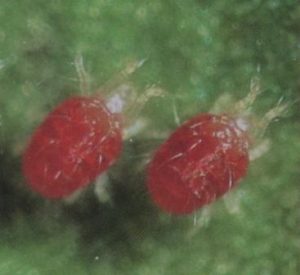
The Kanzawa spider mite is very small, measuring about 0.5 mm.
These mites lay eggs on the bottom side of a leaf and also sap its juices.
Damaged leaves have yellow spots, and if heavily infested become completely yellow and dry.
Yellow tea thrips, チャノキイロアザミウマ, Scirtothrips dorsalis
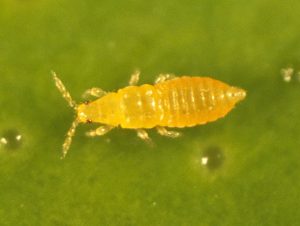
Adult yellow tea thrips measure around 0.8 mm and have wings.
Females lay eggs on tea plants, and later on the larvae feed preferably on new growth.
The damaged leaves become wrinkled and have brown scars.






April 22, 2015
Great post Ricardo! This was fascinating!
April 22, 2015
Thanks for your kind words, Rona.
April 22, 2015
I love to look at pictures and videos of bugs, although I’m terrified of them in real life! LOL!!